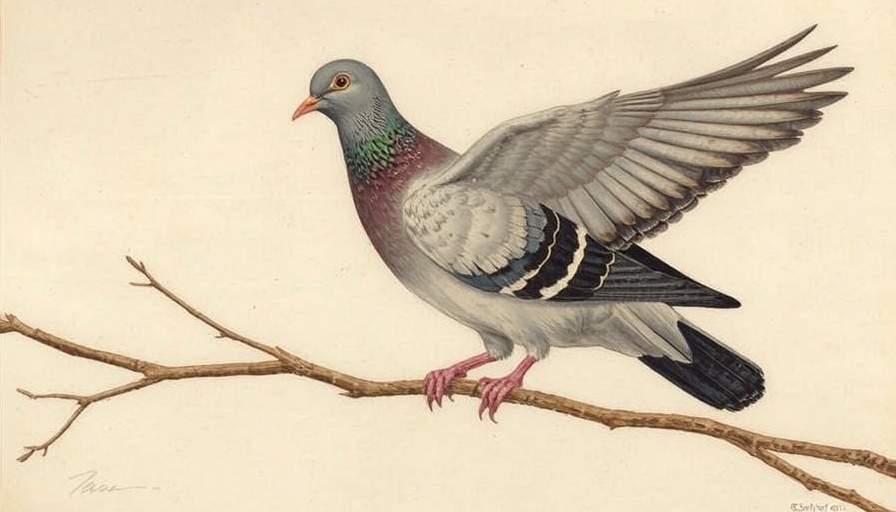
Discover the Unique Song of the White-crowned Sparrow
The White-crowned Sparrow, often mistaken for a simple "little brown bird," is anything but ordinary. Not only does it boasts stunning black-and-white stripes on its head, but it also serenades observers with a song that varies from region to region, akin to how humans have different accents.
The Symphony of Differences: Regional Dialects
In the world of the White-crowned Sparrow, much like the rich diversity of human languages, each group of these birds sings a different song depending on their geographical location. For instance, if you listen closely, a bird from Washington State sings one melody, while its counterpart from Oregon presents a distinct tune. This phenomenon is a fascinating example of how these birds learn their songs, often picking up variations from their peers rather than their parents. It’s a bit like the childhood game of telephone, where a message evolves as it is passed along.
Cultural Significance in Nature
The diverse songs of the White-crowned Sparrow hold importance beyond mere aesthetics; they represent a form of communication essential for mating and territory marking. Changes in song type reflect adaptations to regional environments and social structures within bird populations. As climate change and urban development continue to alter habitats, the implications for these regional dialects may be significant, offering a window into how wildlife adapts or struggles under ecological pressure.
Why Learn More About This Bird?
Understanding the White-crowned Sparrow and its varied songs can enhance our appreciation of avian life. Observing these birds not only connects us to nature but also serves as a reminder of the complexity of ecosystems around us. By engaging with their story, we can cultivate a deeper awareness of wildlife conservation and contribute positively to preserving their habitats.
As you enjoy the delightful calls of the White-crowned Sparrow this spring, take a moment to consider what these songs signify in the broader tapestry of nature. The whispers of these beautiful birds can inspire us to think critically about our roles in the world we share with them.
 Add Row
Add Row  Add
Add 




Write A Comment